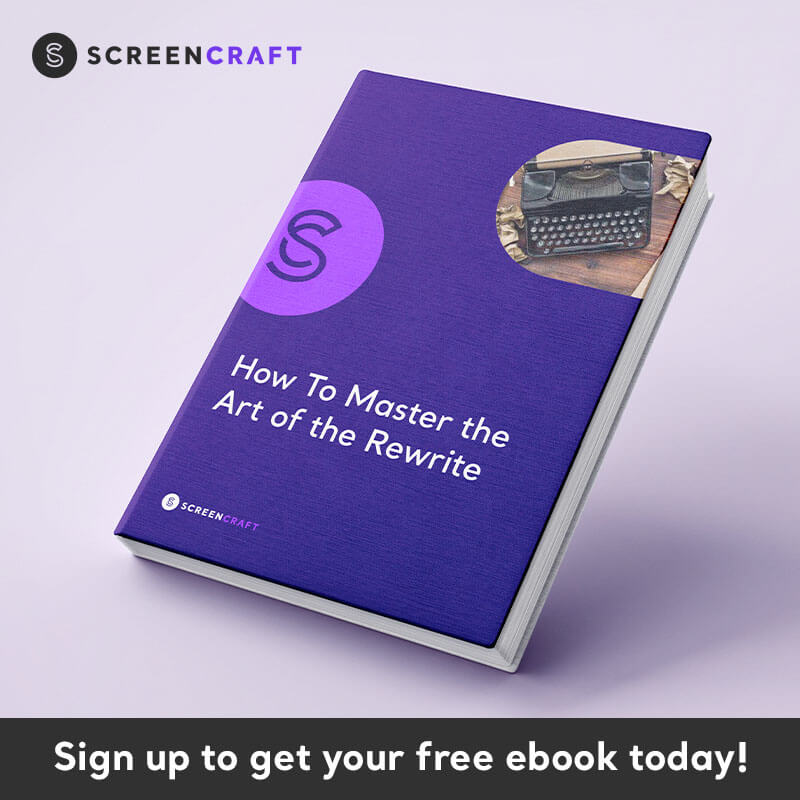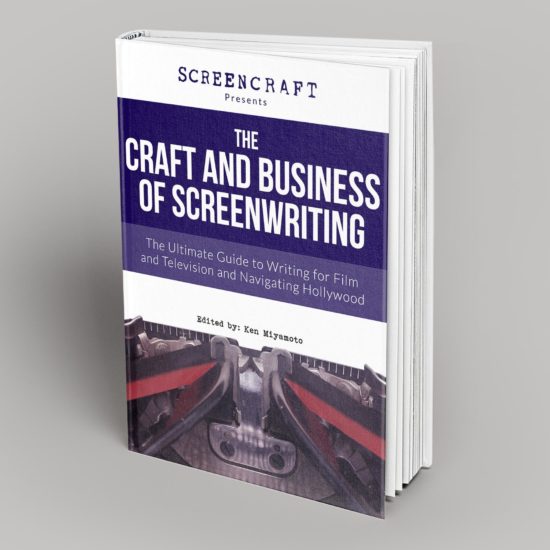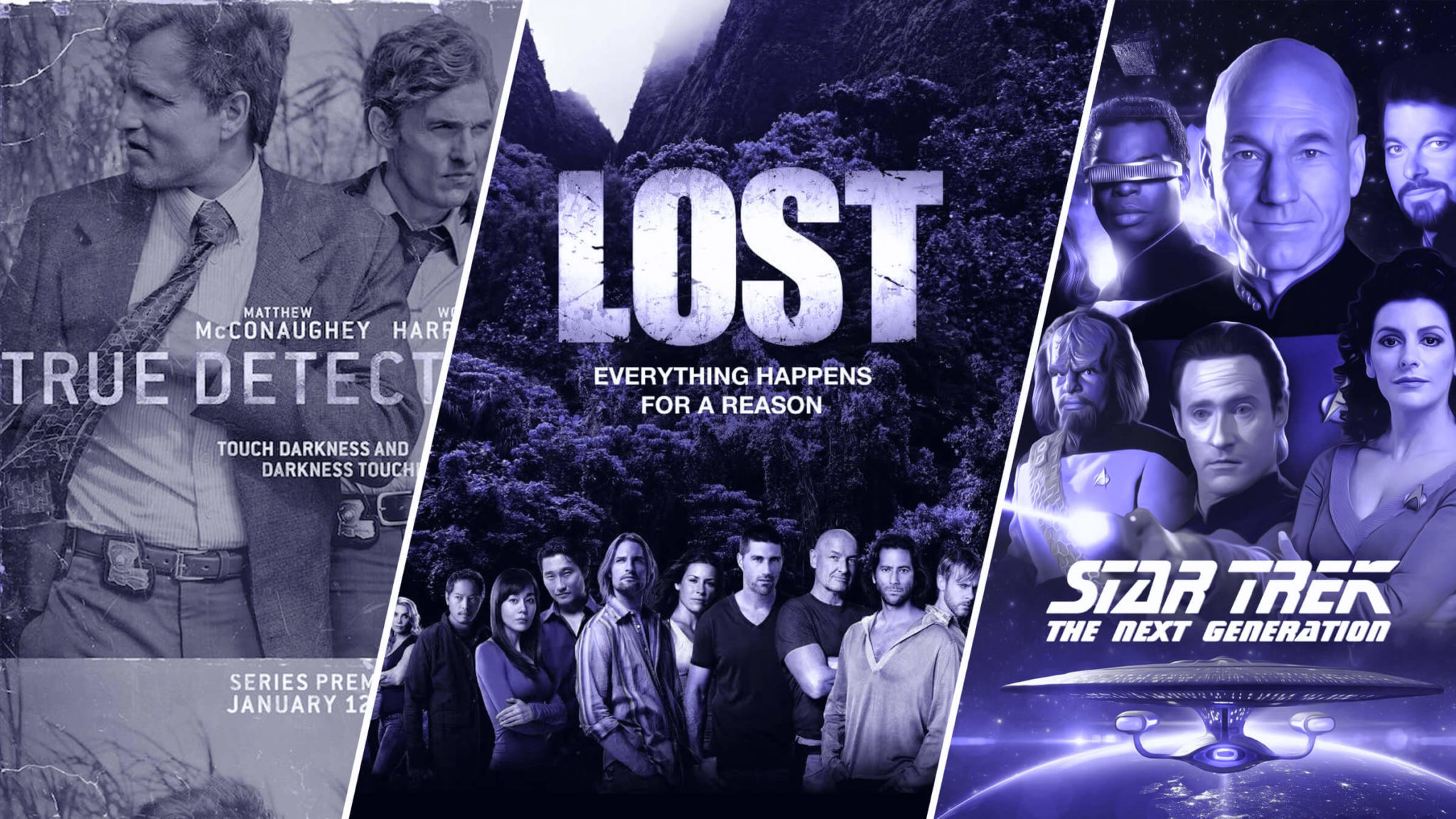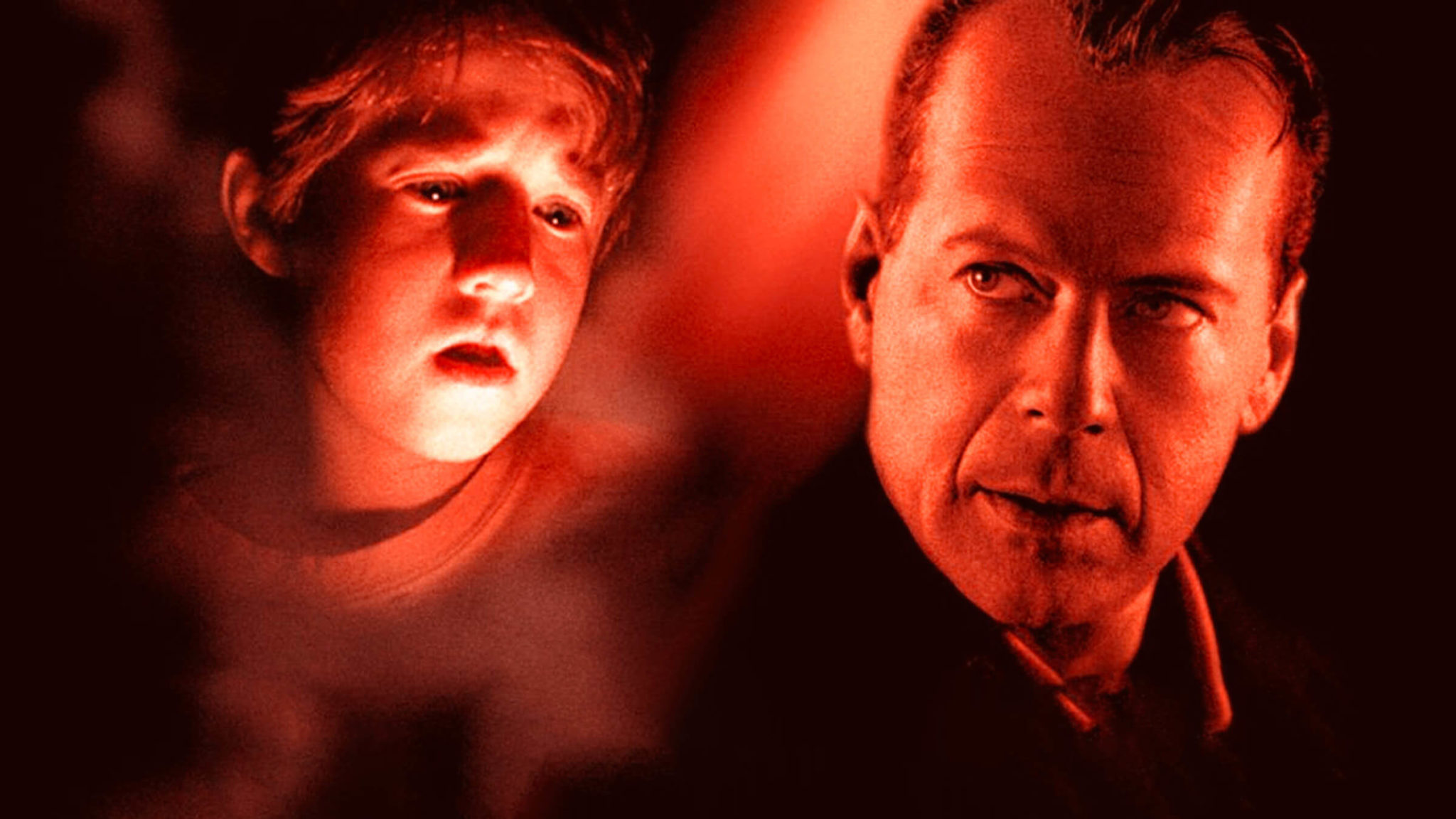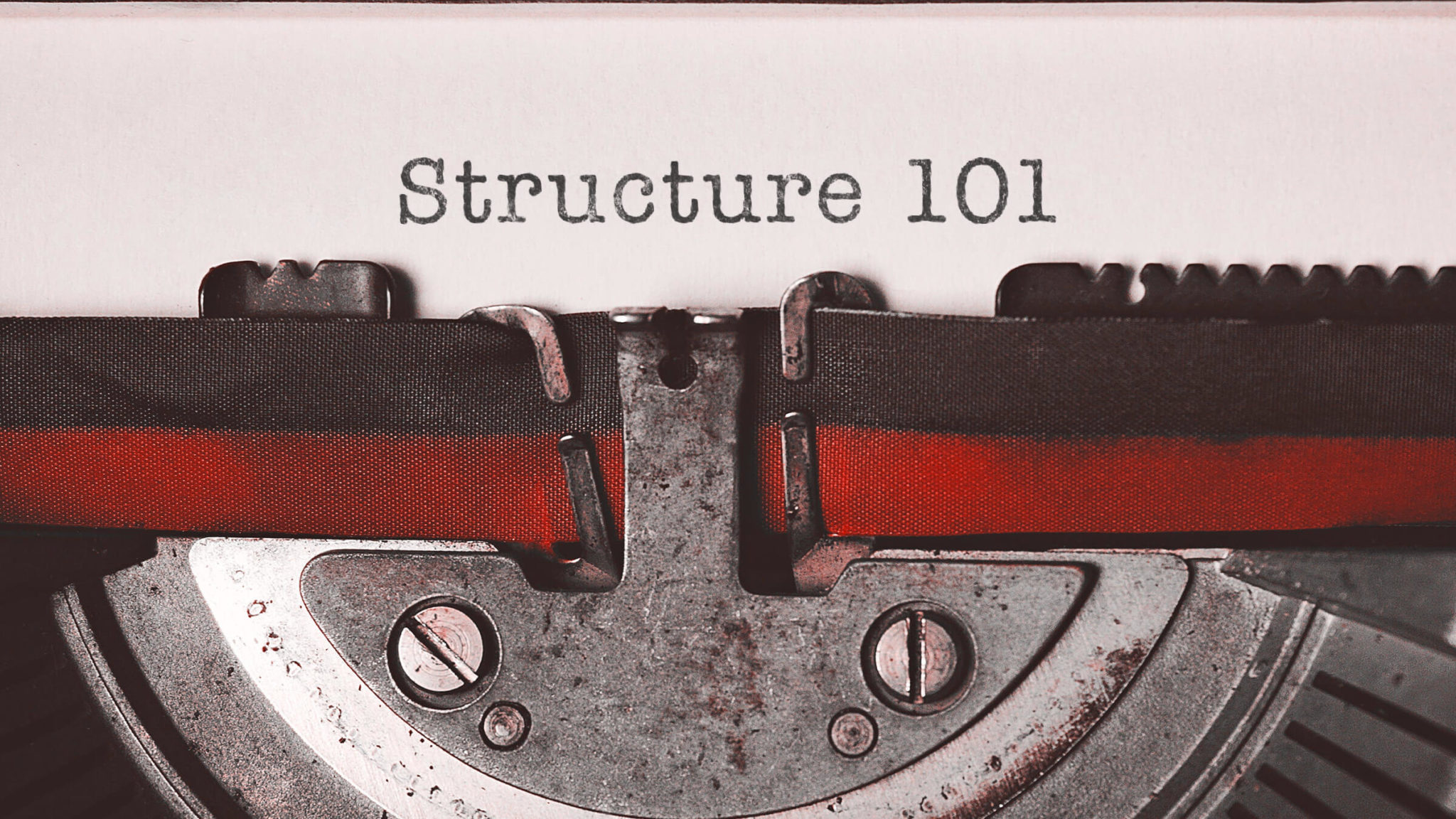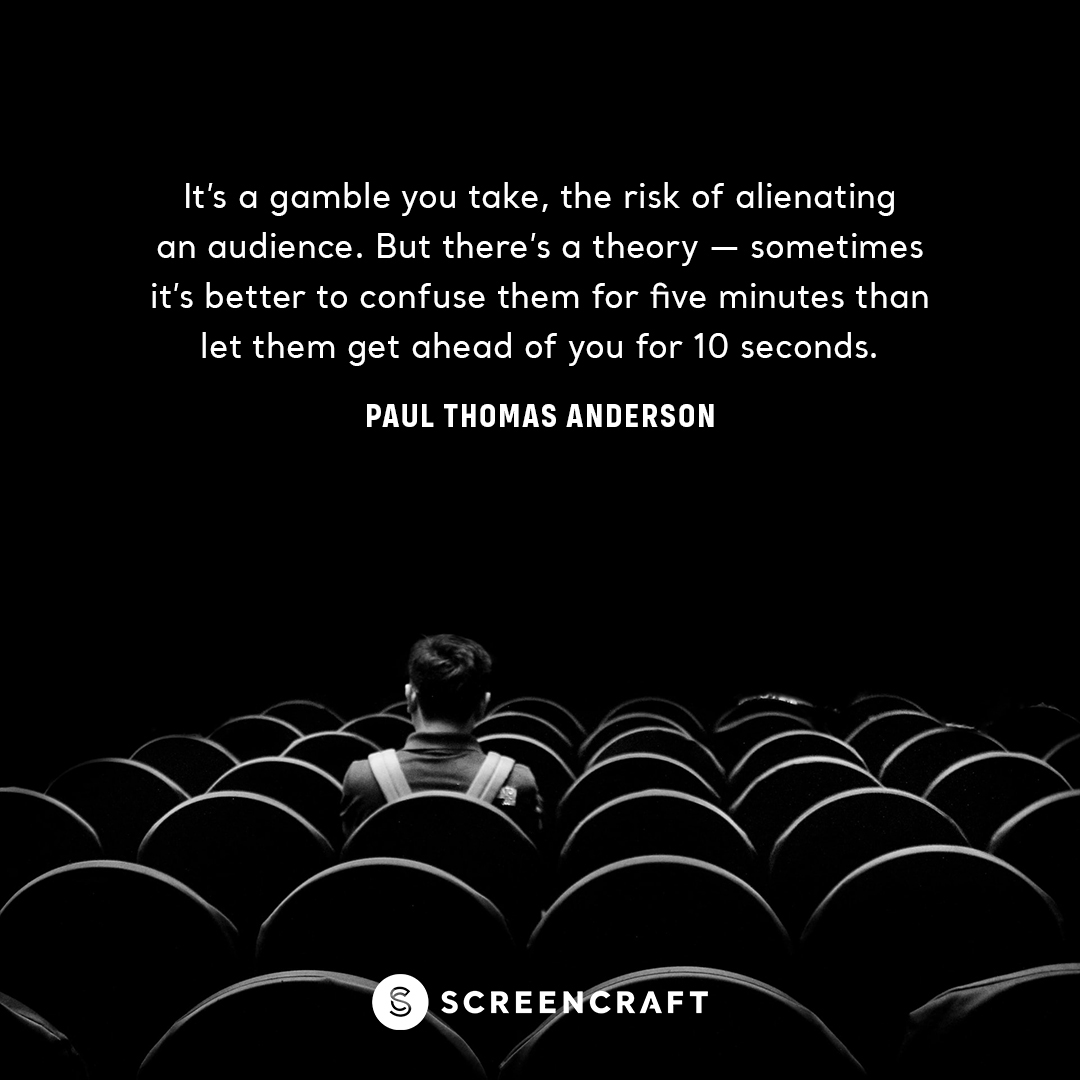
Guest post by Derek Silver
Why are stories so attractive to the human brain? A researcher named Paul may have at least part of the answer. Paul J. Zak, Ph.D., is the Director of the Center for Neuroeconomics Studies at Claremont Graduate University. He has been studying how our brains react to stories.
In his study, Zak used functional magnetic resonance imaging (fMRI) and blood tests to see what was going on inside the brains of people who watched a simple short film. The film was about a father wondering how to deal with his son’s cancer diagnosis. A control group watched a different short film, one where a father and son take an uneventful walk through a zoo.
The results showed that the power of a good story comes down to two neurochemicals: cortisol and oxytocin.
Cortisol
Cortisol is a stress chemical that keeps your attention focused on whatever is causing the stress. One odd quirk of the brain is that our cortisol centers can be stimulated even by imaginary stress. Watchers of the cancer short film had increased cortisol, while watchers of the zoo film did not.
This is why conflict and rising stakes are so important in storytelling. They provide the stress that activates our cortisol centers, making us pay attention to the story. If we just tell a story about an uneventful walk through a zoo, cortisol is not released. Our attention wavers. We get bored. We zone out.
Oxytocin
Zak calls oxytocin the “moral molecule.” This is because it literally causes us to do good deeds. Oxytocin levels can predict how much money a person gives to charity with 80% accuracy. The chemical also controls how much we trust and/or love someone.
Oxytocin is most commonly released when we touch another human being. Lucky for us, it can also be released by a character-driven story.
In Zak’s study, watchers of the cancer film experienced increased oxytocin levels. They also donated half their earnings from the study to a cancer charity. Watchers of the zoo film did not. Zak concluded that oxytocin allows us to empathize with the characters, putting us in their shoes and letting us feel their emotions. Zak further states:
This evidence supports the view of some narrative theorists that there is a universal story structure. These scholars claim every engaging story has this structure, called the dramatic arc. It starts with something new and surprising, and increases tension with difficulties that the characters must overcome, often because of some failure or crisis in their past, and then leads to a climax where the characters must look deep inside themselves to overcome the looming crisis, and once this transformation occurs, the story resolves itself.
So a good story needs to release both your cortisol and your oxytocin. Without cortisol, we don’t pay attention, and so we get bored. Without oxytocin, we don’t fall in love with the characters, which may also lead to boredom.
Now you know the basic neurological underpinnings of good story, so go write some cortisol and oxytocin inducing stories!
Tags
Get Our Screenwriting Newsletter!
Get weekly writing inspiration delivered to your inbox - including industry news, popular articles, and more!

